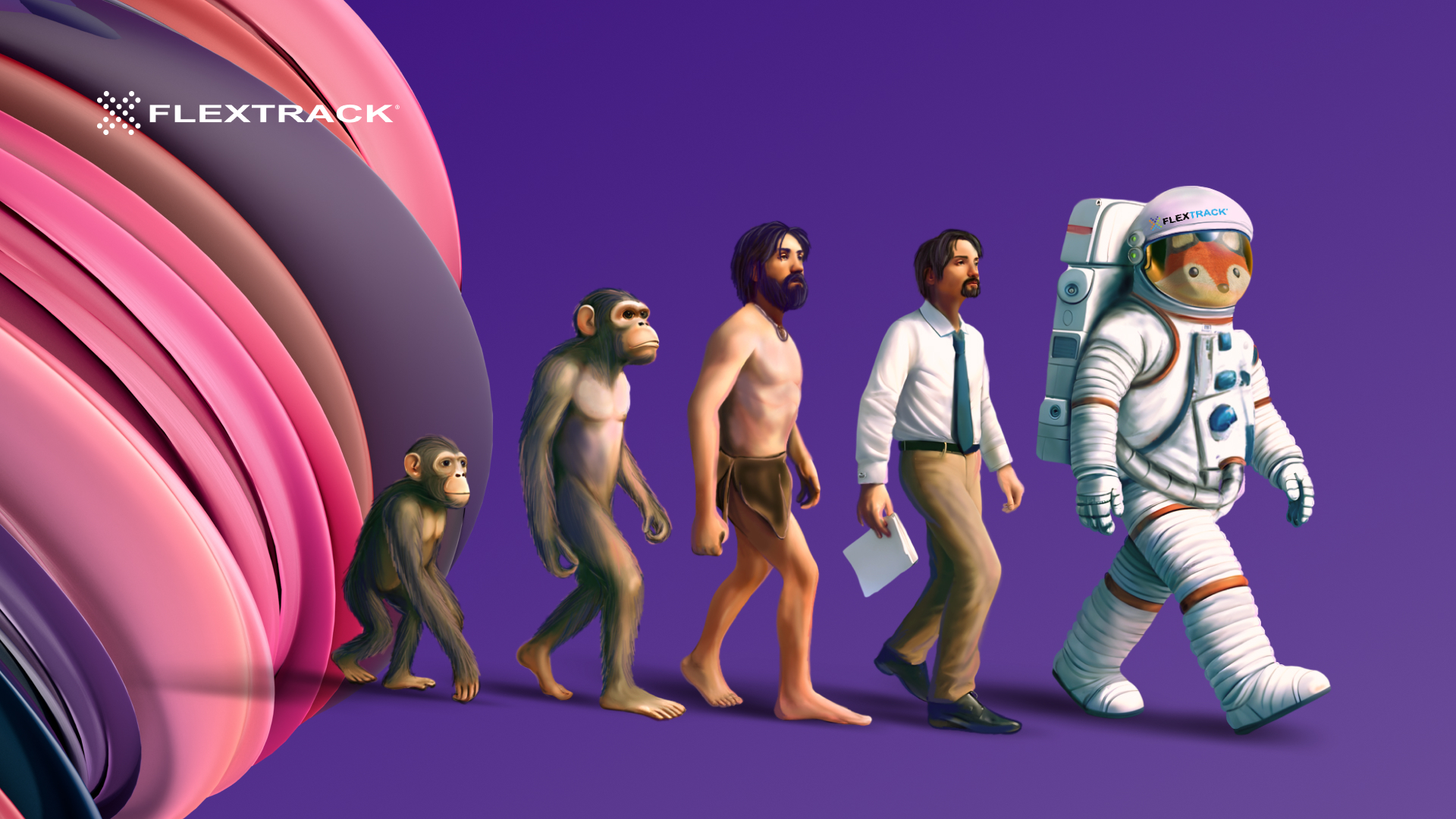
28 May Evolution of the VMS
The landscape of workforce management and vendor management systems is changing.
As new data shows how Generative AI and digital transformation are shifting how workforce and HR professionals should engage with and plan around the changing needs of the contingent workforce, the technological advances of the VMS are making these connections, as well as their planning and engagement, easier than ever before.
Let’s take a blast into the past and walk through the timeline of the VMS – from our beginnings with humble spreadsheets into the flexible, automated platforms of today.
Table of Contents
The pre-VMS era
Before the advent of the VMS solutions many are familiar with today, organizations grappled with challenges that made managing their extended workforce slow, manual, and limiting.
Email chains and cumbersome spreadsheets were considered the tools of the trade, often leading to inefficiencies, a lack of standardization, and increased costs.
With no centralized solutions in place, tracking accounts spend was a daunting and often fruitless task, compounded by decentralized buying practices and rouge actors.
Highlights:
- Email & spreadsheets
- No standardization
- No solution in place
- Accounts payable spend tracking
- Decentralized buying/rogue actors
The modular beginnings of VMS 1.0
These struggles were eventually somewhat alleviated by the emergence of early VMS tools. These early iterations introduced single-module tools that focused primarily on staff augmentation.
While this technology was a step forward, these functionalities were limited by default workflows and rudimentary cloud computing capabilities. Basic reporting for the contingent workforce was provided, but it suffered from slow deployment processes that hampered widespread adoption and limited the organization’s ability to optimize their extended workforce.
Highlights:
- Single module (staff augmentation only)
- Limited, default workflows
- Early cloud computing
- Basic CW reporting
- Slow deployment
Legacy technology and the VMS 2.0
As demand for more comprehensive and accessible workforce solutions grew, new vendor management system technologies entered the arena with the promise of enhanced modularity and expanded more flexible functionalities. This tech featured modular architecture that could theoretically manage both staff augmentation and Statement of Work (SOW) engagements, but it required separate implementations and costly integrations. Its reliance on clunky, rigid, code-based workflows posed constant challenges in adaptability, especially in an era defined by spectacular technological advancement and reflected by changing workforce expectations and needs.
While transitioning from the old VMS 1.0 to a Software as a Service (SaaS) model offered some scalability, the reporting capabilities remained basic, necessitating third-party analytics tools and opening organizations to risks and data leaks. Moreover, the implementation processes of this technology proved to take substantial time and remained costly, and so, mostly unattainable for many stakeholders.
This is still technology that many organizations use today.
Highlights:
- Modular architecture (staff aug, SOW)
- Rigid, code-based workflows
- Software as a Service
- Reporting only, 3rd party analytics required
- Prolonged, costly implementation
A step into the future: VMS 3.0 arrives
With the dawn of a more technologically dynamic and demanding era, the landscape of workforce management underwent a paradigm shift towards a more holistic, agile approach. Forward-focused leaders recognized the need for a next-generation solution that went beyond modularity, and the solution was a Platform as a Service (PaaS) offering that could not just respond to new technological and market changes but change alongside them and even predict future opportunities.
Flextrack was created on Salesforce, and with it, speed, extensibility, impact, control, and security are the rule, not the exception.
With Flextrack, you can expect:
Non-modular
A single architecture to manage all non-employee labor categories, including SOW.
No-code/low-code workflows
Configurations, automation, and updated processes using a drag-and-drop interface.
Platform as a Service
An infinitely extensible solution to enable program growth and evolution.
Analytics and AI
On-platform data tools, automated insights, and flexible AI capabilities that amplify impact and control.
Streamlined implementation
Minimized resource drain and change management with a tailored solution.
As this VMS 3.0 continues to redefine and shift the boundaries of contingent workforce management, organizations looking into switching to this technology are poised to not just unlock the possibilities they couldn’t fathom even a few years back.
Adopters can be assured that with an infinitely extensible platform, there are no new systems to worry about in the future ahead – as a living, constantly evolving solution, Flextrack is built to grow, change, upgrade, and future-proof its stakeholders right alongside the newest and best in any new technology that awaits.
Curious about what an infinitely extensible VMS can do for you?
